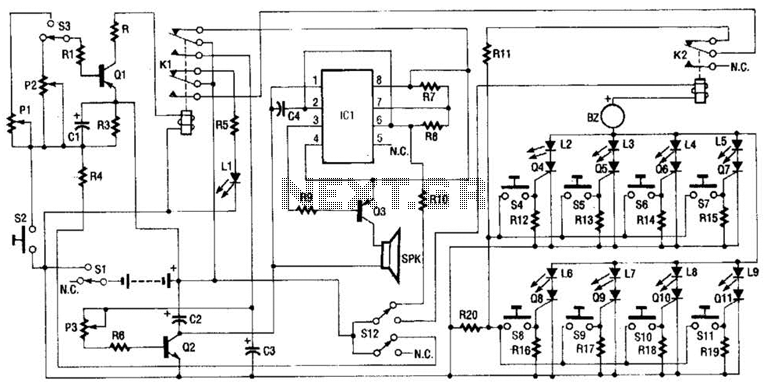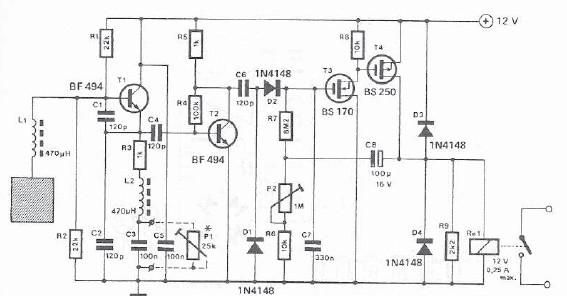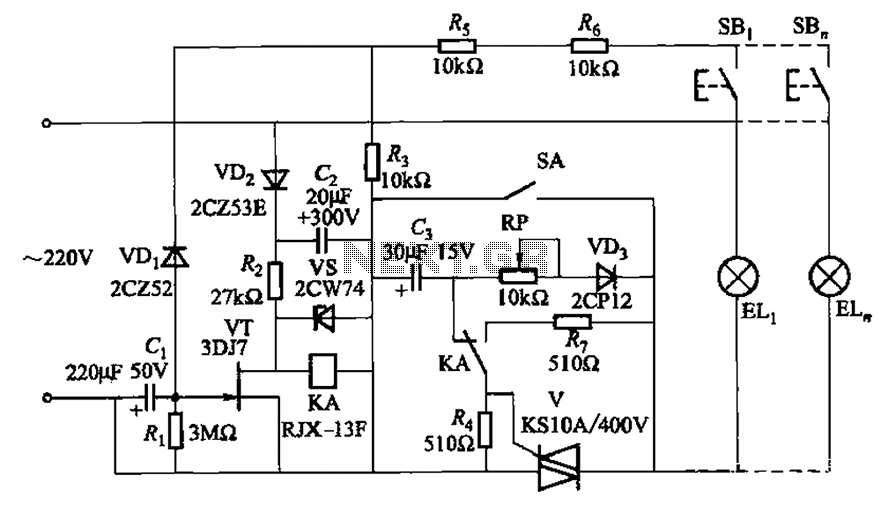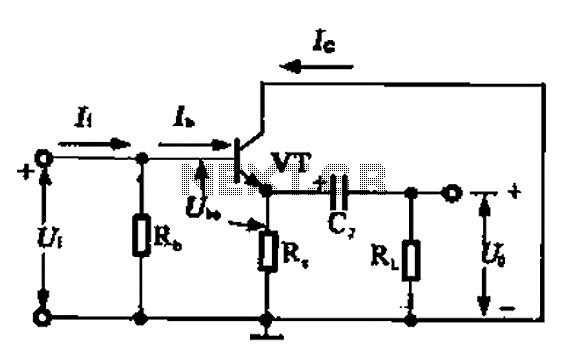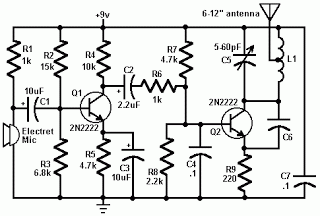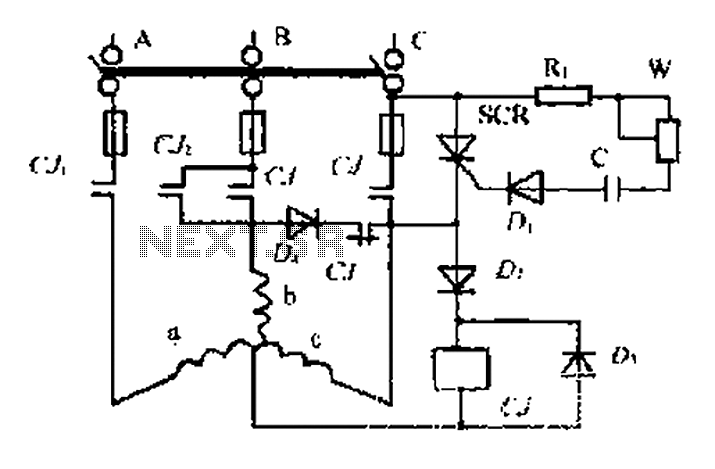
Sine Wave To Square Wave Converter Circuit
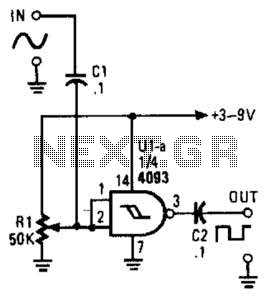
This circuit converts a sine wave into a square wave. It consists of a single 2-input NAND Schmitt trigger configured as an inverter, with an adjustable trigger level at its input. As the input voltage exceeds the gate's trigger point, the output shifts to its alternate state, resulting in a square-wave output.
The circuit utilizes a 2-input NAND Schmitt trigger, which is an essential component for signal shaping and noise immunity. The Schmitt trigger is characterized by its hysteresis, meaning it has two distinct threshold voltages: one for transitioning from low to high and another for transitioning from high to low. This feature helps eliminate any noise that may be present in the input sine wave, ensuring a clean square wave output.
In this configuration, the sine wave input is fed into one of the inputs of the NAND gate. The second input is tied to a logic high (Vcc), effectively transforming the NAND gate into a NOT gate. The adjustable trigger level allows for fine-tuning of the input voltage at which the output state changes. When the input sine wave exceeds the upper threshold voltage, the output of the NAND gate switches from high to low, creating a square wave that toggles between these two states.
The output frequency of the square wave is determined by the frequency of the input sine wave. The circuit can be used in various applications, such as signal conditioning, waveform generation, and in digital systems where a square wave is required for clock signals or other timing applications. Proper design considerations, including power supply decoupling and input/output impedance matching, should be taken into account to ensure optimal performance of the circuit. This circuit turns a sine wave into a square wave. It is comprised of a single 2-input NAND Schmitt trigger that`s configured as an inverter with a trigger level adjustment at its input. As the input voltage rises above the gate`s trigger point, the output snaps to its alternate state, producing a square-wave output. 🔗 External reference
The circuit utilizes a 2-input NAND Schmitt trigger, which is an essential component for signal shaping and noise immunity. The Schmitt trigger is characterized by its hysteresis, meaning it has two distinct threshold voltages: one for transitioning from low to high and another for transitioning from high to low. This feature helps eliminate any noise that may be present in the input sine wave, ensuring a clean square wave output.
In this configuration, the sine wave input is fed into one of the inputs of the NAND gate. The second input is tied to a logic high (Vcc), effectively transforming the NAND gate into a NOT gate. The adjustable trigger level allows for fine-tuning of the input voltage at which the output state changes. When the input sine wave exceeds the upper threshold voltage, the output of the NAND gate switches from high to low, creating a square wave that toggles between these two states.
The output frequency of the square wave is determined by the frequency of the input sine wave. The circuit can be used in various applications, such as signal conditioning, waveform generation, and in digital systems where a square wave is required for clock signals or other timing applications. Proper design considerations, including power supply decoupling and input/output impedance matching, should be taken into account to ensure optimal performance of the circuit. This circuit turns a sine wave into a square wave. It is comprised of a single 2-input NAND Schmitt trigger that`s configured as an inverter with a trigger level adjustment at its input. As the input voltage rises above the gate`s trigger point, the output snaps to its alternate state, producing a square-wave output. 🔗 External reference
